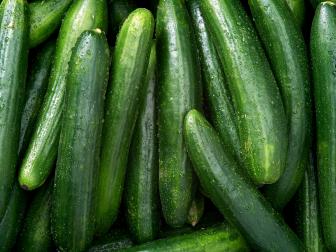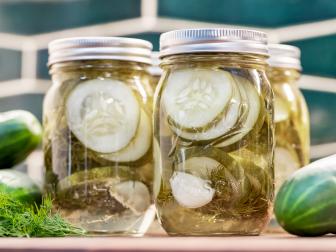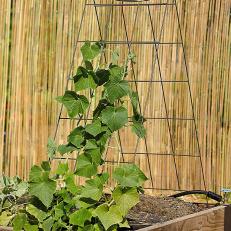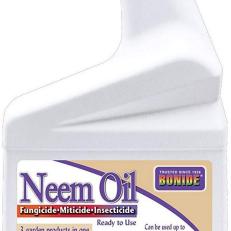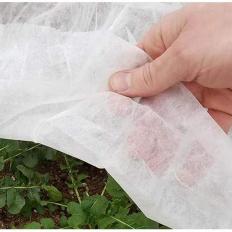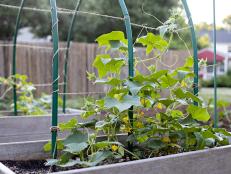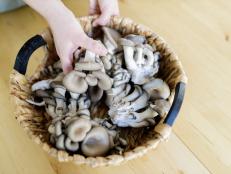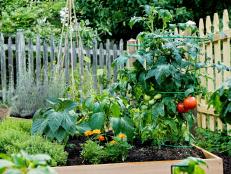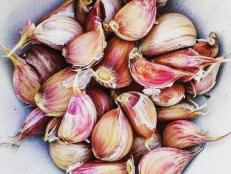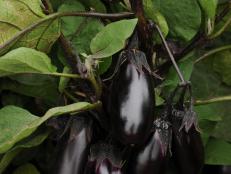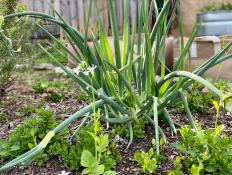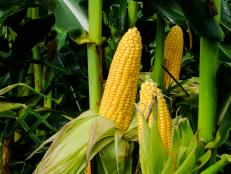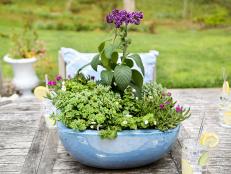How to Grow Cucumbers
Get advice for planting, growing and harvesting cucumbers, including suggestions for types and varieties to grow, companion plants, plus tips for solving common cucumber problems.

Is there anything more satisfying than a crisp, cool cucumber on a hot summer day? Cucumber (Cucumis sativus) is a warm-weather annual vegetable that's easy to grow. As long as you give your plants consistent water and warmth, they will reward you with plenty of fruit. They are prolific growers that need plenty of room to climb but can be trained to grow in almost any space.

Shutterstock/Africa Studio
Types and Habits of Cucumbers
There are two basic types of cucumbers and two different growing habits of cucumber plants. Vining and bush are growing habits while pickling and slicing are types. Let's start with growing habits as this choice is determined by the size of your garden. Cucumbers may have either a vining or bush growth habit.
- Vining cucumbers require the support of a trellis or fence in order to grow efficiently.
- Bush cucumber varieties are more compact and better suited for containers or small gardens, though they may still require some support. They are fast-growing and are perfect for succession planting.

Shain Rievley
Young vining cucumber plants climb a trellis in a raised bed.
Both pickling or slicing type fruits may grow on either bush or vining plants. Although there are only two basic types of cucumbers, there are many options within the types.
- Pickling cucumbers are smaller and stouter, have more spines and drier flesh. These characteristics allow them to soak up more of the brine which makes them a perfect choice for pickling.
- Slicing cucumbers tend to be larger and longer with thinner skins that are not bitter. They are suited to making salads and fresh eating.
- Bonus: Seedless cucumbers are slicing cucumbers that bear sweeter tasting fruit with a thinner skin than other slicing types of cucumber. They are often marketed as "burpless."
Best Cucumber Varieties
Now it's time to consider different cucumber varieties with the types and habits in mind. Do you want a pickling type that will grow in a pot? Look for a bush pickling cucumber. Do you have ample space and want fresh cucumbers for salads? It's a vining slicer you're after. You get the idea.
Like most vegetables, you can find both heirloom and hybrid varieties of cucumbers, and the choice is up to you. Heirloom cucumbers tend to have less-developed disease resistance than modern hybrids and are not as prolific, but they make up for those shortfalls with better flavor, color or other unusual characteristics.
Popular Cucumber Cultivars
- Early yields: ‘Sassy’ or ‘Calypso’
- Pickling: Boston Pickling and Parisian Pickling (for making gherkins)
- Seedless: Burpless and Burpless Bush
- Heirloom/specialty: Lemon Cucumber

Johnny's Selected Seeds at JohnnySeeds.com
Introduced in 1894, lemon cucumber is a taste treat worth trying. The yellow skin with green stripes is smooth and not bitter. Flesh has an almost sweet crunch and makes wonderful pickles. Pick fruits just as they’re turning yellow and lemon size for fresh eating, or wait until they reach tennis ball size to use them as a salad bowl.
How to Plant Cucumbers
You can plant cucumbers from seed or transplants. Growing from seed is easy and cheaper.

Shutterstock/Anna Hoychuk
When to Plant Cucumbers
These warm-weather plants should be seeded directed into the garden or transplanted outside no earlier than two weeks after the last frost date. The soil must be 70 degrees Fahrenheit in order for the seeds to germinate. Don't be tempted to plant outdoors too soon; cucumbers are susceptible to cold damage. Be sure the danger of frost has passed before you plant. If you live in a cool climate, help warm the soil by covering the hill or row with black plastic for a few days before planting.
Sowing Indoors
You can get a head start by sowing cucumber seeds indoors about three weeks before transplanting them in the ground. They germinate easily, especially when provided with bottom heat. Use a heat mat or lay the seeds flat on top of the refrigerator to help them develop robust roots.
Preparing a Planting Site
Cucumbers need full sun (at least six to 10 hours each day) and warmth to succeed. They also prefer fertile, well-drained soil with a neutral or slightly alkaline pH and plenty of organic matter.
Make sure that the soil is moist but not soggy. Cucumber vines don't like wet, compacted soil. Saturated soil could result in the development of root rot. If your soil is not fertile, you can improve it prior to planting by mixing in compost or aged manure. Work the organic matter into the soil 6" to 8" deep to make fertile soil.
Planting Techniques
The exact planting depth and spacing will depend on the variety. Refer to the seed packet or plant tag for details. In general, plant two to three seeds at least 1 inch deep and between 12" and 3' apart in a row.
Be sure to consider the size of the trellis the vines will climb on. In most cases, using a trellis means that you can reduce the spacing to 1' to 2' apart. When seedlings reach 4 inches in height, thin plants so that they are at least one-and-a-half feet apart. Apply fertilizer at planting, again one week after bloom, and then every three weeks, directly to the soil around the plants.
Another popular way to plant cucumbers is in mounds or hills. The mounds are spaced 1' to 2' apart with two to three seeds planted in each mound. The plants are thinned to one plant per mound once they reach about 4 inches in height. Cover freshly planted cucumber seeds with netting or row covers to help prevent pests from digging out the seeds. Once the seeds have germinated, mulch with compost to help keep pests, disease and weeds at bay and the soil moist.
How to Grow Cucumbers in a Pot
Growing cool, crunchy cucumbers in a container is easy if you know the steps. These basics will make them a success.
Companion Plants
As with any vegetables requiring pollination, cucumbers will benefit from being grown near plants with flowers that attract pollinators. They also grow well with a few other vegetable plants. Here are some plants to grow alongside cucumbers:
- Dill will attract pollinators and predatory wasps that kill insect pests. It's also a good kitchen pairing for both slicing and pickling cucumbers.
- Nasturtium and marigold flowers may help repel insects pests that feed on cucumbers, such as cucumber beetles.
- As nitrogen-fixing legumes, peas and beans help improve the fertility of garden soil, so they make good companions for almost any vegetable including cucumbers.
- Tall sunflowers can be used as a living trellis for cucumbers. Plant a few cucumber seeds around a sunflower seed in a mound, and allow the cucumber vine to grow up the sunflower stalk.
- Lettuce can be grown as a living mulch under a cucumber trellis in summer. The cucumber plant will provide shade for heat-sensitive lettuce.
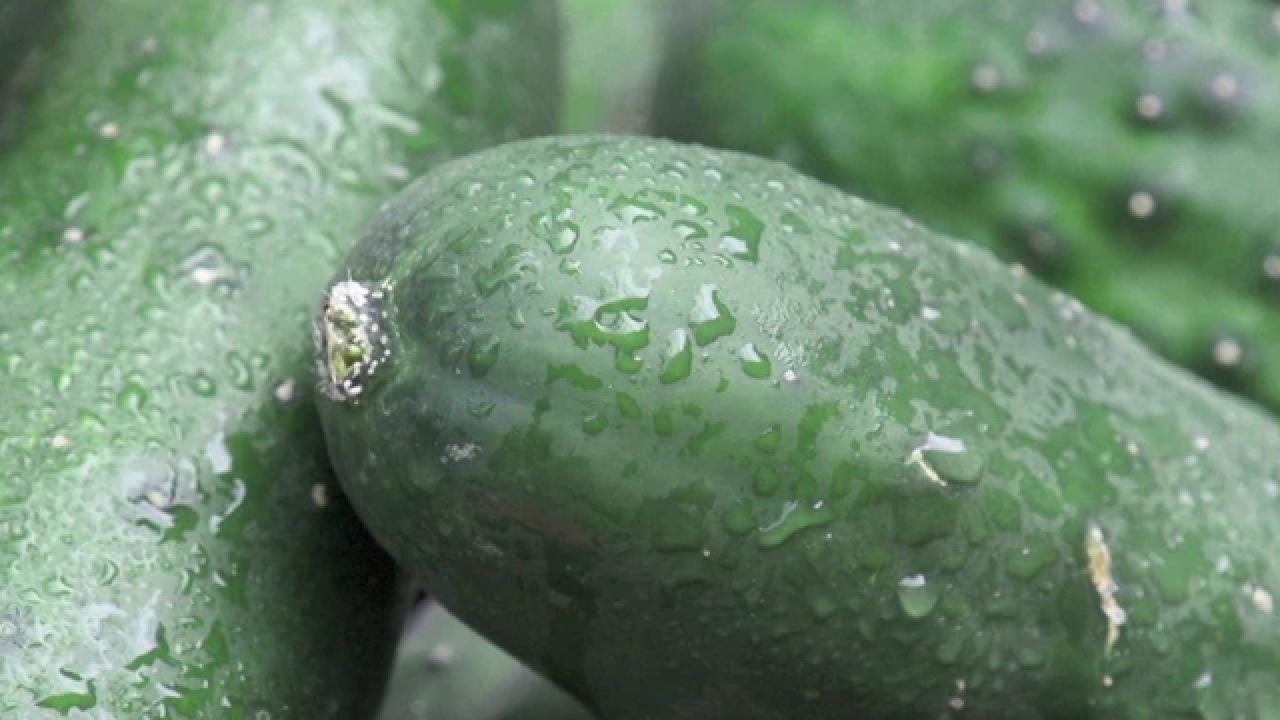
Growing Cucumbers
Trellising
Trellising is a preferred method when growing cucumbers. Both vine and bush habits need support. By training the vines to climb, it not only saves you space, but it also protects the fruit from damage from lying on the moist ground. Without some sort of support, cucumbers will spread all over your garden. Training them to grow on a trellis or onto a tomato cage will help keep the vines in check and your fruit clean. Set up the trellises and start training the vines early to avoid damage to the plant.
Watering
Consistent watering is the most important element when it comes to growing cucumbers. They need at least 1 inch of water per week (or more, if it's hot). Inconsistent watering leads to bitter-tasting fruit.
Water slowly in the morning or early afternoon at the base of the plant to help keep the foliage dry. Wet foliage can encourage leaf diseases. If possible, water your cucumbers with a soaker hose or drip irrigation for best results. Water frequently when seedling emerge and increase watering once the plant sets fruit. During this phase, you can side-dress your plants with compost or well-rotted manure.
Fertilizing
Apply fertilizer at planting, one week after bloom, and every three weeks, directly to the soil around the plants.
Common Pests, Diseases and Problems
Although cucumbers are easy to grow, there are some pests, problems and diseases to consider.
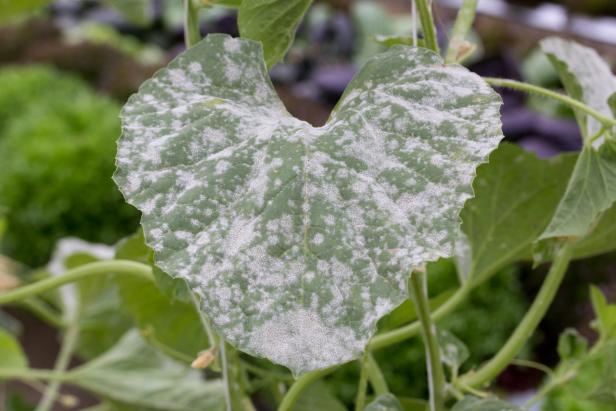
Shutterstock/AJ Cespedes
Powdery mildew is a common problem for cucumbers and related squash and melon plants.
No or Little Fruit
If the cucumber plants do not set fruit there is probably a pollination issue. Cucumber plants set both female and male flowers. The male flowers set first and the female flowers appear later at the base. In order to set fruit, they must be blooming at the same time. This may not happen early in the plant's life, but give it time. If pollinators lack due to weather or insecticides, you can hand-pollinate by dipping a paintbrush into the male pollen and transferring it to the center of the female flower.
Pests
Throughout the growing season, be on the lookout for pests that love to eat cucumber plants. Cucumber beetles, squash bugs and aphids can quickly kill off your harvest. Inspect the plants often. If you see any pests, treat the plant with a natural organic pesticide to control the outbreak.
Disease
Powdery mildew is a common disease for cucumber plants. It can develop when the leaves get wet (water at the soil level). It looks like a white powdery substance on the leaves of the plant. It starts off as a few spots here and there, and can quickly spread.
How to Pickle Cucumbers
Making pickles is a great first-time canning project; it's easy, safe and odds are good that you already have everything you need to get started right at home.
The best way to avoid powdery mildew is to keep the leaves as dry as possible by watering the plant at the base and keeping weeds down to encourage proper airflow. If you do see any signs of the mildew, apply fungicides at the first sign of its presence to prevent spread.
Harvesting and Storing Cucumbers
When to Pick Cucumbers
When the plant bears fruit don't let them get too large before you harvest. Larger cucumbers taste bitter and will have tough skins and hard seeds. During peak harvest time, harvest cucumbers every couple of days. Keep picking regularly to encourage the plant to keep setting fruit.
- In general, harvest regular slicing cucumbers between 6" and 8" long.
- Harvest pickling cucumbers at around 2-3" long.
A good quality cucumber will be uniform in color, firm and crisp. To harvest, use a clean, sharp knife or pruners and cut the stem above the fruit. Do not pull the fruit — doing so will damage the vine.
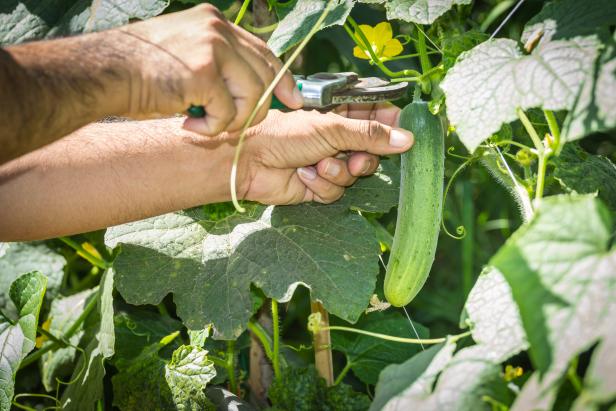
Shutterstock/21MARCH
When harvesting cucumbers, use a clean, sharp knife or pruners to cut the cucumber stem above the fruit. Do not pull the fruit.
Cucumber Recipes from Food Network
Get Food Network's best cucumber salad recipes — from cucumber salads featuring sour cream and dill to recipes meant to mimic the flavors of classic cocktails.
More Grow Guides
Cucumbers consist mostly of water and have a short shelf life once picked. Once harvested, store in the refrigerator crisper drawer wrapped tightly in plastic wrap to retain moisture. They will keep for a week to 10 days when stored properly.






